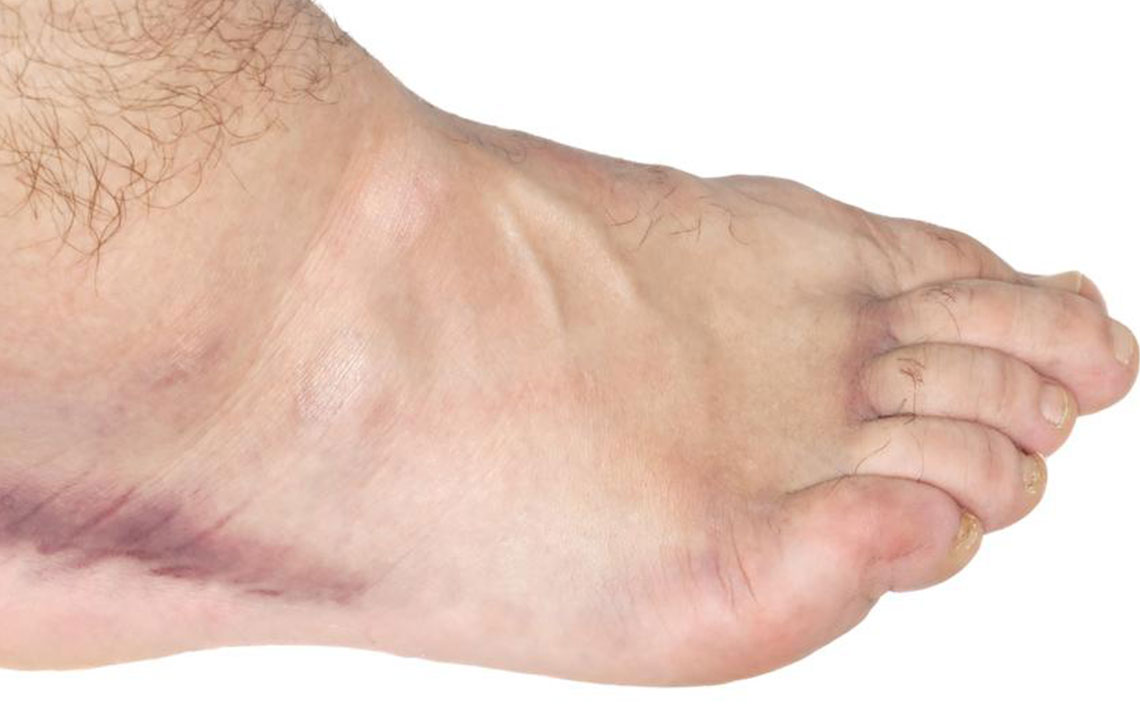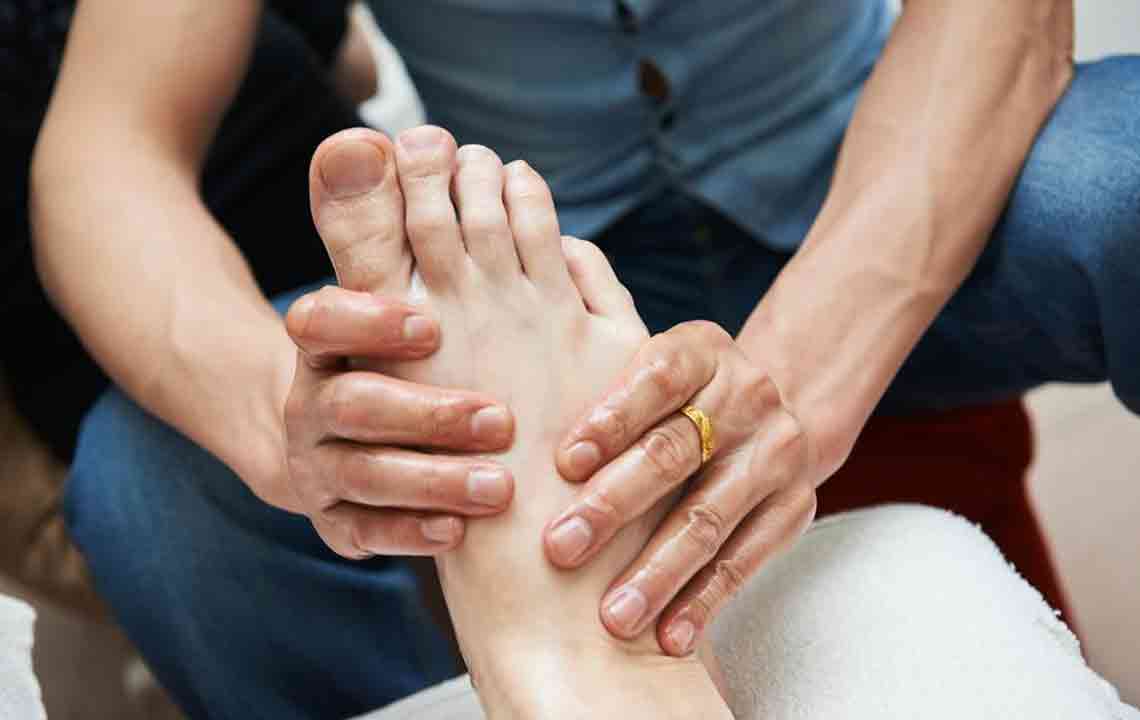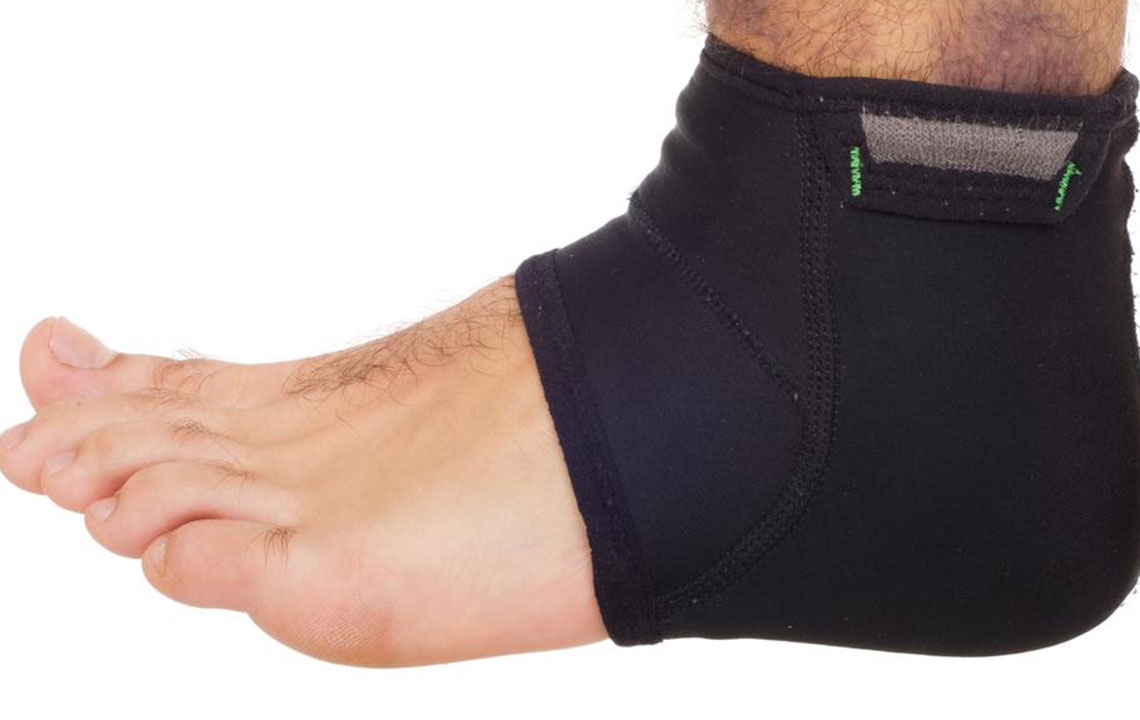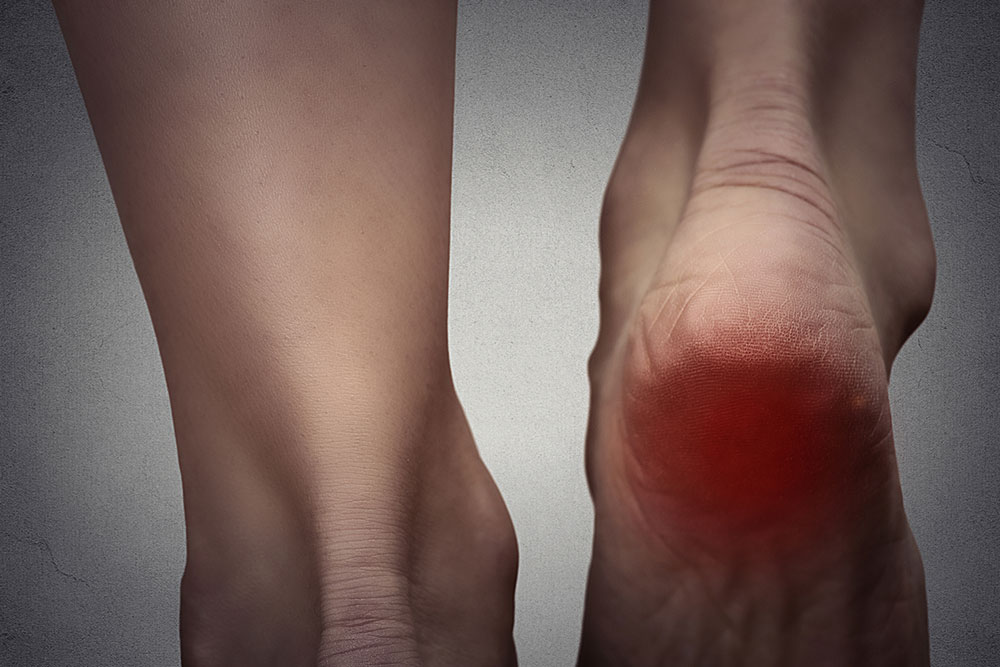Effective Strategies for Relieving Foot and Ankle Discomfort
Discover effective methods to alleviate and manage foot and ankle pain, including compression therapy, elevation, hydration, and diet. These practical strategies can help reduce swelling, improve circulation, and prevent discomfort. Seek medical attention for persistent issues to identify underlying causes and ensure proper treatment. Ideal for those experiencing swelling due to activity, injury, or health conditions, these tips promote better foot health and comfort through simple, accessible measures.
Effective Strategies for Relieving Foot and Ankle Discomfort
Swelling in the feet and ankles is a common issue that often results from prolonged standing or physical activity. However, when additional symptoms appear, it could indicate underlying health problems requiring prompt attention. Here are several approaches to manage and prevent foot and ankle pain effectively.
Using Compression Socks
Wearing compression socks is a practical way to alleviate foot and ankle discomfort. Available at stores, pharmacies, or online, these socks apply gentle pressure to improve circulation. Opt for socks with compression levels between 12 and 20 mmHg, choosing lighter options initially to gauge relief.
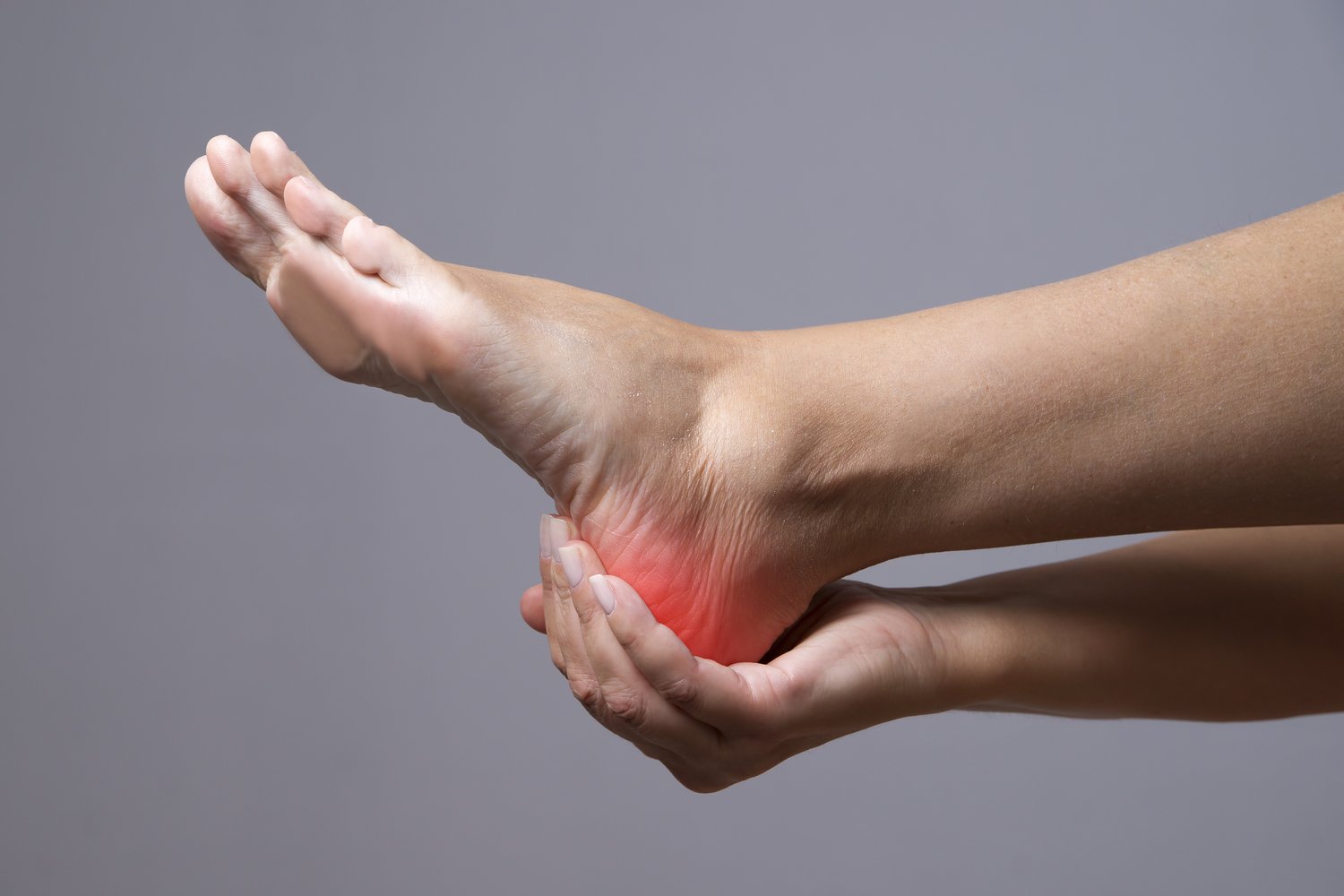
Elevating Legs
When swelling occurs, elevate your legs above heart level to facilitate fluid drainage. Using pillows or sturdy supports can help reduce swelling by leveraging gravity. Incorporating yoga poses, such as lying on your back with legs against the wall, can also promote circulation.
Epsom Salt Baths
Magnesium deficiency can lead to inflammation and swelling. Soaking your feet in Epsom salt water allows skin absorption of magnesium, helping to decrease inflammation and swelling in the ankles.
Diuretic Use
Certain diuretics can help eliminate excess fluid buildup. They work by increasing urination, which reduces swelling. Types include potassium-sparing diuretics, loop diuretics, and thiazide diuretics, each serving specific health needs. For injury-related swelling, anti-inflammatory medications or antibiotics might be necessary, especially in infections like cellulitis.
Stay Hydrated
Drinking sufficient water—at least eight glasses daily—can help prevent fluid retention and swelling, as dehydration often causes the body to hold onto water reserves.
Regular Movement
Avoid long periods of inactivity by moving around every hour—whether walking, flexing ankles, or stretching—to promote healthy circulation and reduce swelling.
Massages
Gentle lymphatic drainage massages can stimulate lymph flow, helping to remove excess fluids and reduce swelling in the feet and ankles.
Surgical Interventions
When other treatments are ineffective, doctors may recommend procedures to clear blockages or reinforce blood vessels, usually performed using minimally invasive techniques under local anesthesia.
Consuming Magnesium-Rich Foods
Incorporating foods high in magnesium, such as dark chocolate, spinach, dairy, whole grains, beans, pumpkin seeds, and nuts, can help combat swelling caused by magnesium deficiency, supporting overall foot health.
Foot and ankle pain often stems from fluid accumulation due to injury or underlying conditions. Immediate care and medical consultation are vital for persistent or severe symptoms to determine the root cause and receive appropriate treatment.

